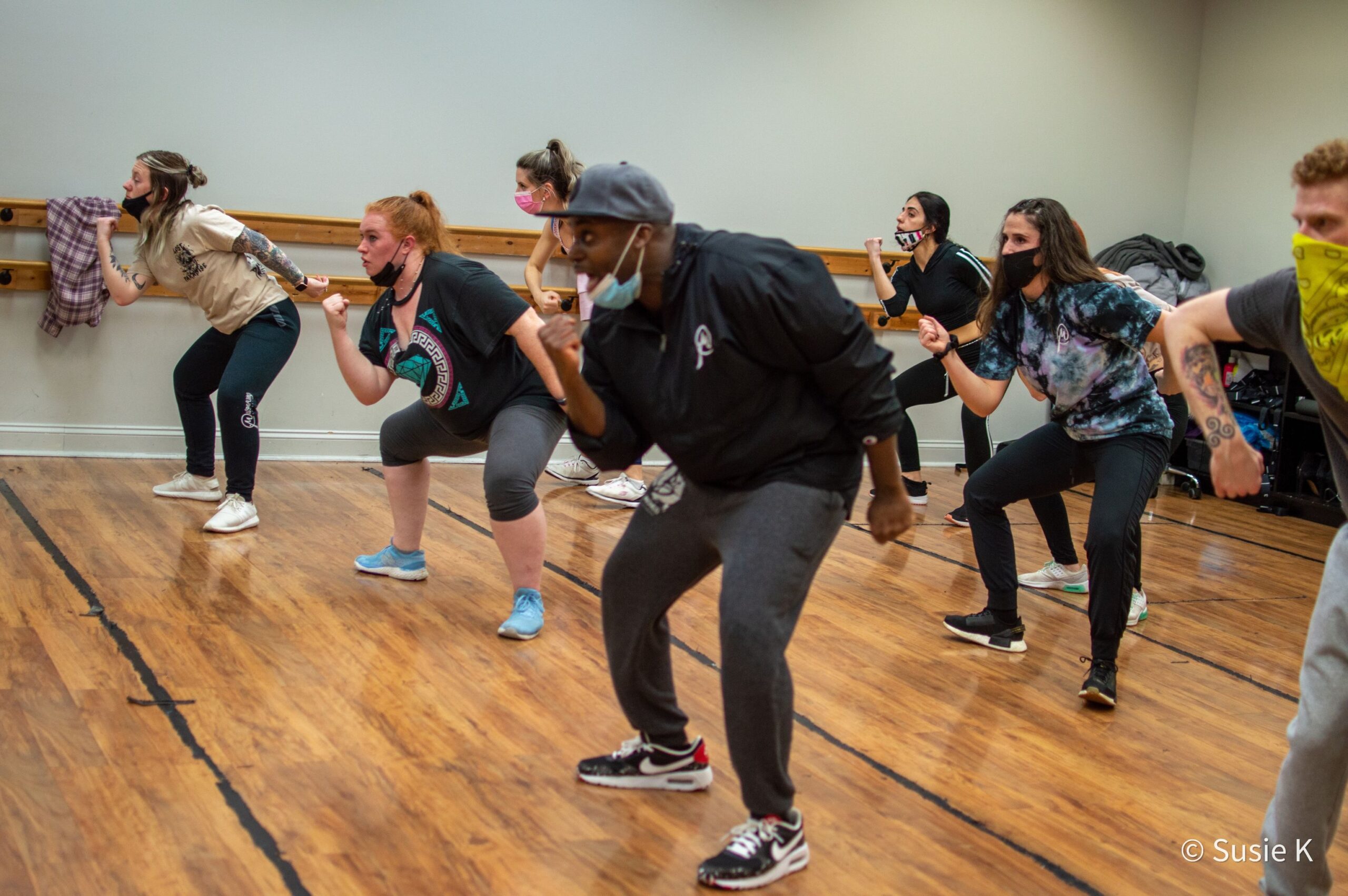
I had no idea how to learn choreography. As someone who naturally moved to music, I had no idea there was an organized way to learn dance. I remember struggling to remember the moves and transitions within a piece. It was like my brain wasn’t communicating with my body or I was uncoordinated AF. It was frustrating and discouraging.
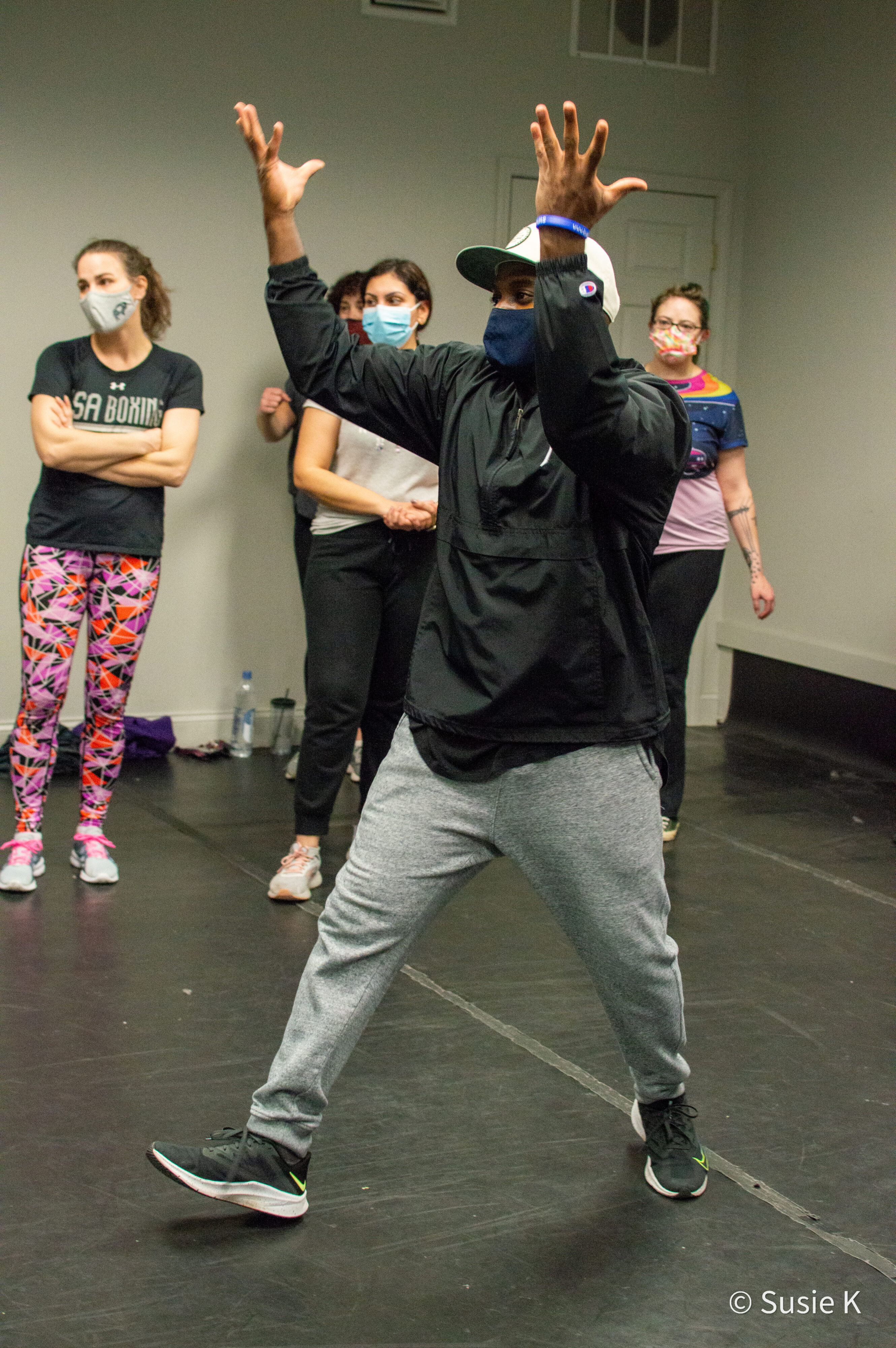
However, after years of battling with this frustration, I learned there are 4 tools that I was blatantly ignoring in the classroom that could have helped me learn more efficiently back then. As newbies to learning choreography, we are expected to know these tools exist when we walk into a class room. However, if you are new to learning choreographed movement or the classroom, then it could take you years to figure out these tools. Especially if we as teachers don’t find a way to share them with you. This blog is to share these tools with you in a different way, because we reiterate them in class with regularity, but sometimes it takes multiple different experiences before they actually make the impression that bring about change.
Tool # 1 – Use the Mirror
The first tool that is somewhat the most obvious, when entering the classroom for dance, is the mirror in the front. If you are new at dancing, then learning through the mirror might be a foreign concept to you. I know it was for me. I learned by staring at the teachers back which is a very limited perspective to learn from. Or staring at their feet to see how they did a specific step. It might even be a little intimidating or difficult to watch yourself move in the mirror. Some of us may think we look foolish. However, the God’s honest truth is the faster you can fight the fear of not looking in the mirror is the moment you start becoming a better dancer. The mirror helps you to watch the instructor move so you can simultaneously correct your movement as they take you through the story of their choreography.
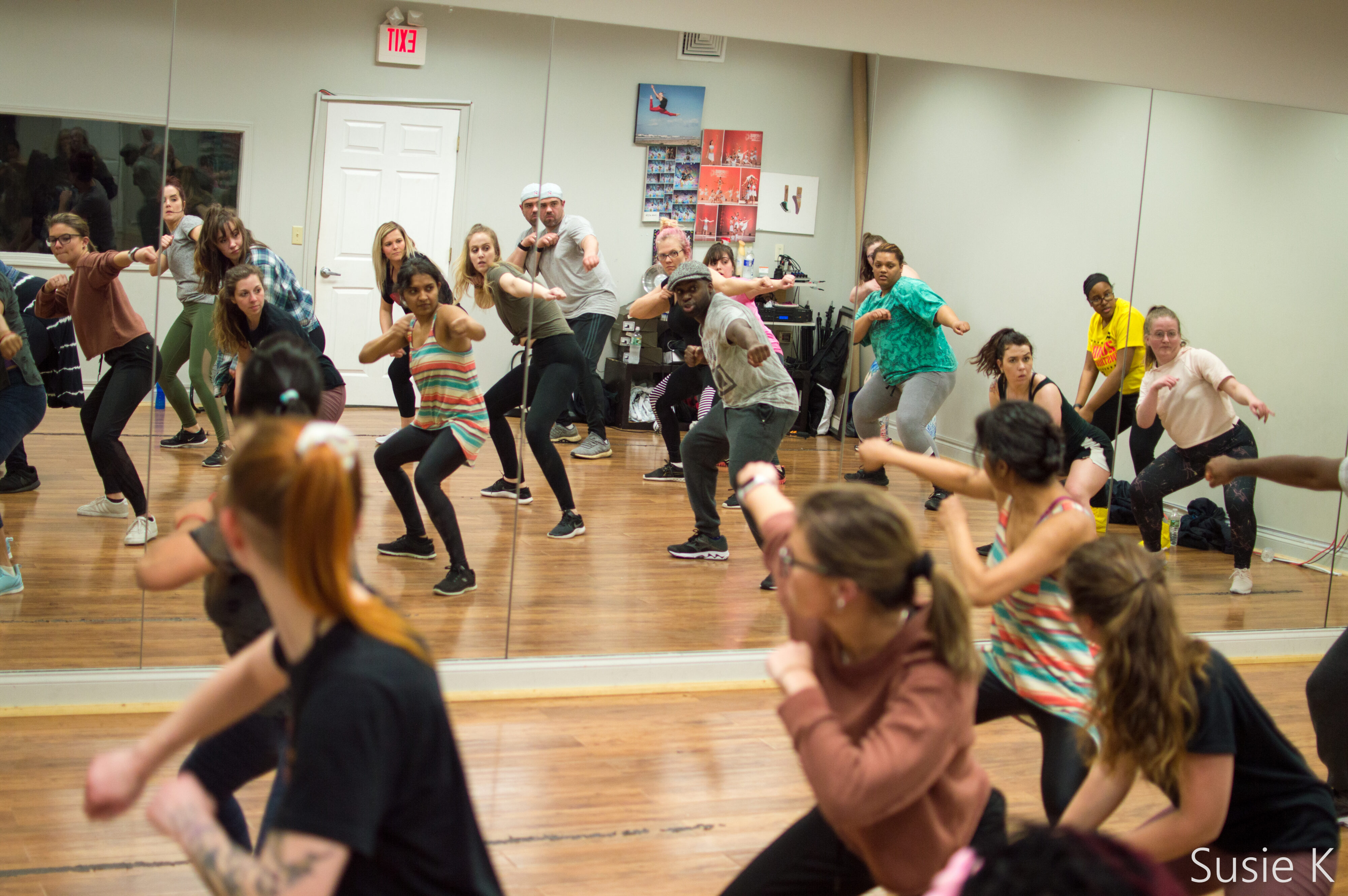
Honestly I would try to look at the mirror when I first started and get confused with my rights and left. I didn’t even realize that the orientation of the image reflecting back through the mirror was already built for me to follow. I was adding my own interpretation of the image which was making my brain work too hard or backwards. Once I realized the image reflect my orientation in the classroom, starting on the right foot and/or arm made my confidence much stronger. Then learning became manageable.
Tool # 2 – Sing/Rap Along
Tool number 2 started with the teacher’s choices within the music. It is one thing to understand music theory (counts of 8) but music theory sometimes doesn’t give you the whole story of the rhythm you need to follow. Yes a count of 8 tells where you are in the mathematical make up of the music, but an instructors sounds, emphasis on certain lyrics, expression of syllables, and intention behind a movement paints a clearer picture for you to understand the timing they chose to follow. So if you hear an instructor singing the song a certain way with lyrics in some parts, sounds in others, and beats throughout, then repeat it exactly how you hear it while you move. They are doing that to create a memory association with your body, your mind, and the rhythm of the music. So don’t think you are going to sound stupid. The faster you start rapping, singing or beat boxing with your movement, the more likely you are to help your body remember the movement. One important thing to remember is that if you are thinking through every move, you will be a second slower with every move which is not good for timing/rhythm. So train you mouth to hum, sing, or rap with the same intention as you are shaping your movement simultaneously.
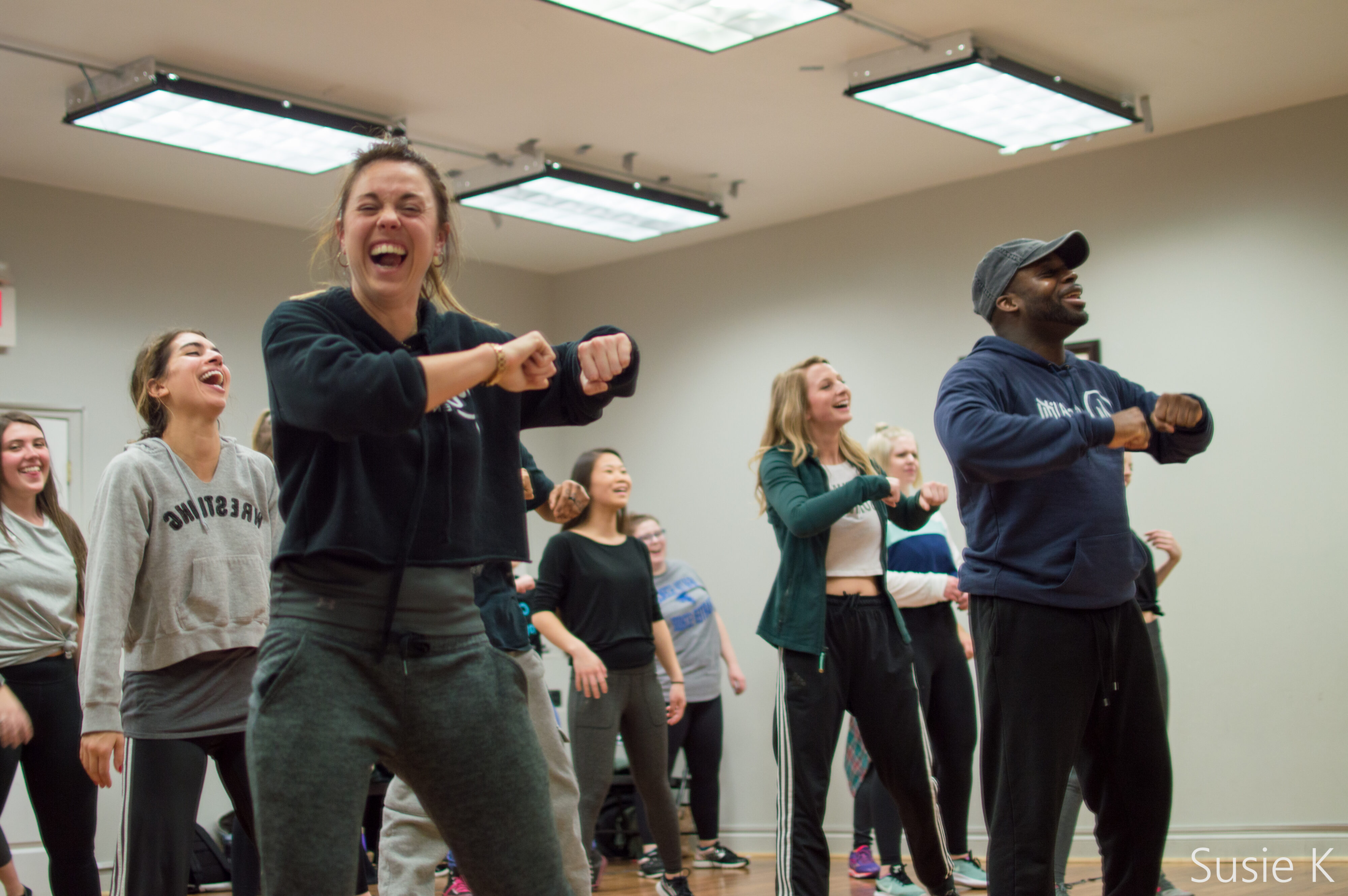
Tool # 3 – Change your physical perspective
Tool number 3 is to choose a different spots in the room so you can learn from different perspectives. The more perspectives you cover in the room, the clearer your be able to see the choreography. The one thing I know about being a mover or a human is that once we can clearly visualize or capture something clearly in our minds eye the faster we are at creating it in this reality. So if you have an image infront of you and you know what it looks like from all possible angles ,the more likely you are to instructor your body on how to recreate it. I know it might be awkward to ask another dancer if you can change spots with them, but try at least once or twice in class.
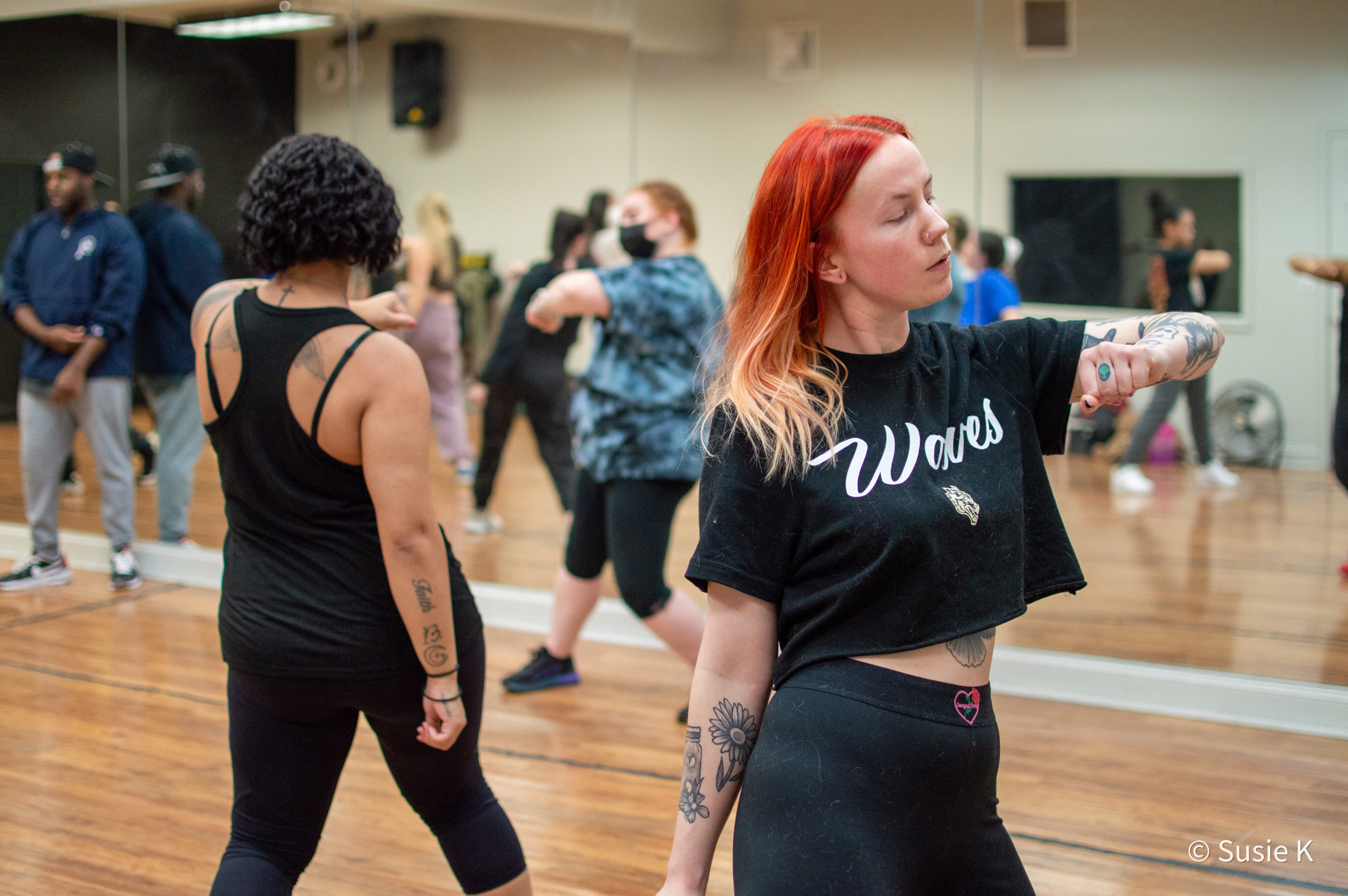
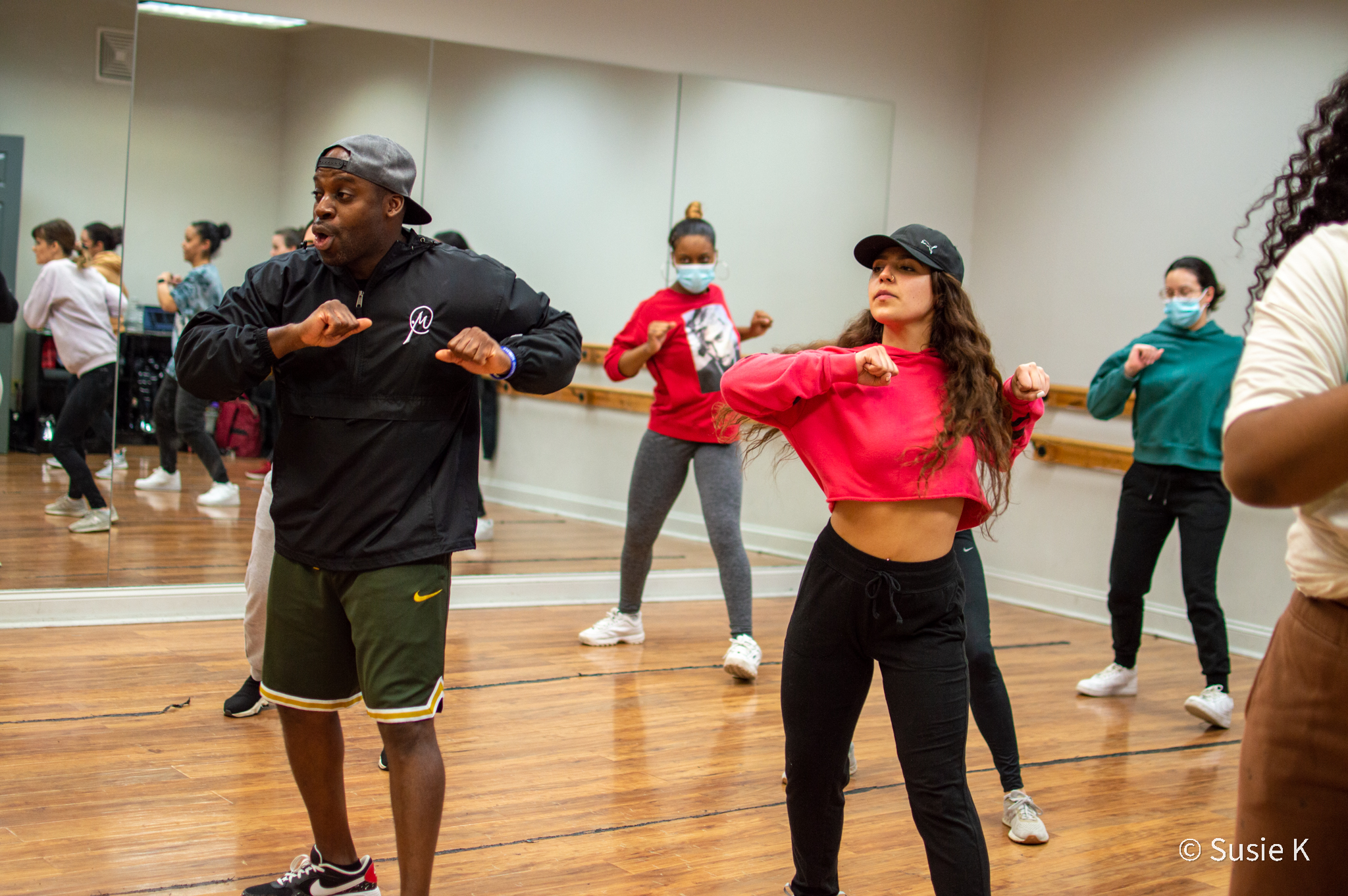
Tool #4 – You
The last but most important tool is you. Simply put you have to move like you mean it. Most of the time, our movement suffers when we are learning dance, because we move on a cautious level because we are afraid of not being perfect. However, if you move with conviction according to what you are seeing in the real time while using the mirror, you are more likely to figure out what to adjust without sacrificing intention. As a dancer gets better over time, they realize that the number one thing they are supposed to do to speak loudly is move. Everything else comes after. Intentional movement creates feeling, and feeling creates expression, and expression creates a strong connection with yourself as well as your audience.
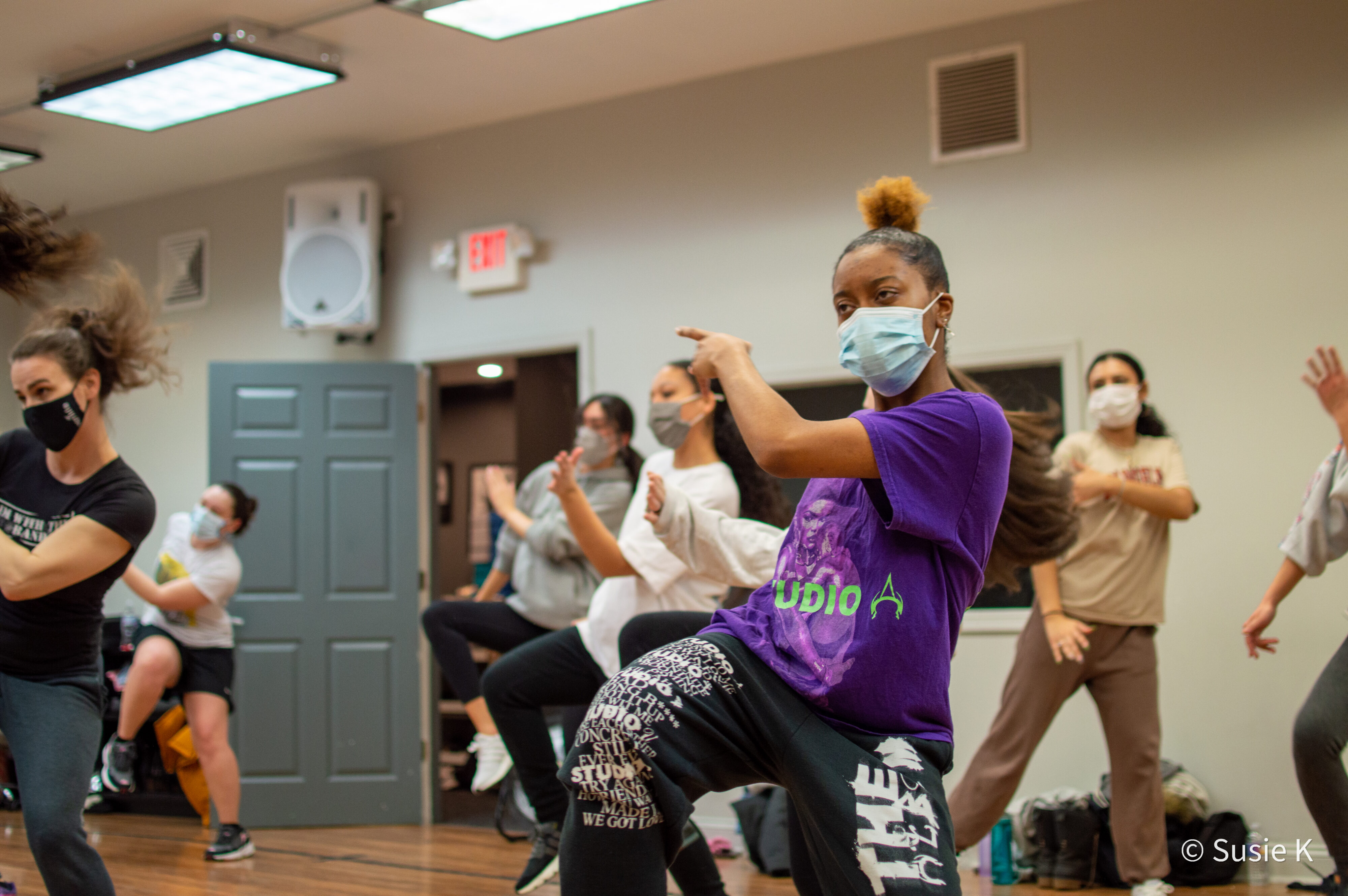
Summary
With these 4 tools we guarantee that you will see improvements immediately. It may still take time to get comfortable with these tools, but if you keep trying and working hard at fighting what you did before you read this, then you will thank us later. I know that even now as am sharing these tools with you, I wish I was in your position when I was learning someone else’s choreography in the classroom as a new student. I honestly think I would be a better student now, and trust me, I am pretty good now. So next time you enter a classroom, remember these tools and put them into action. They will improve your efficiency in learning choreography from anyone but they will also make you a more confident dancer.